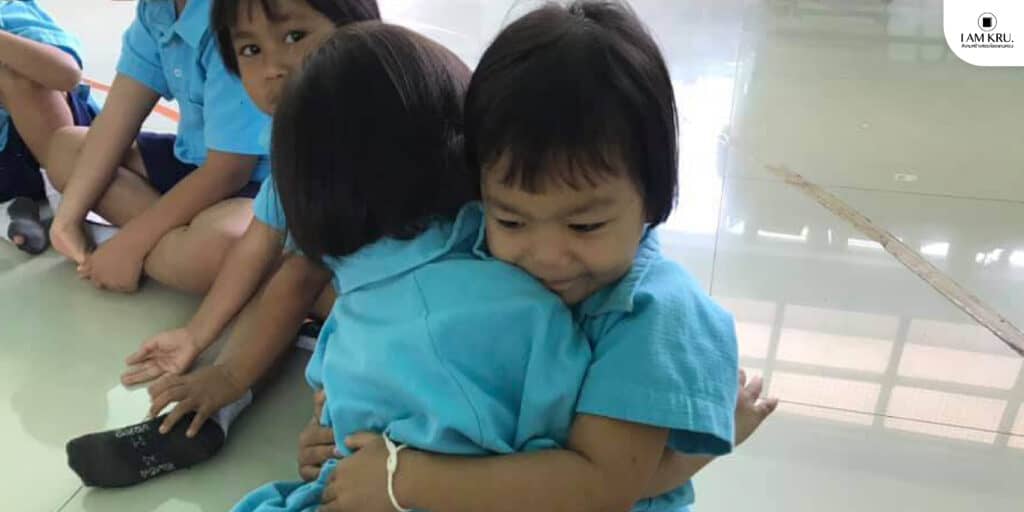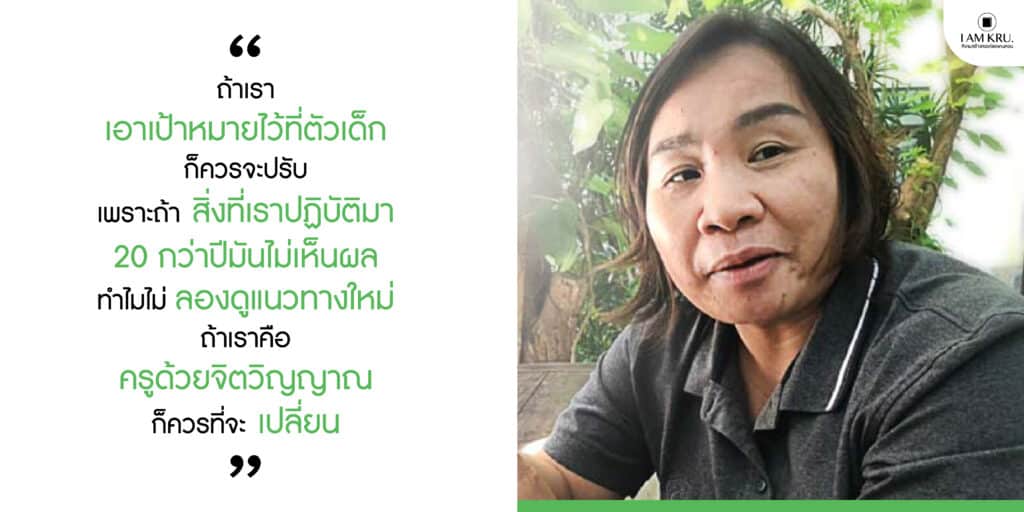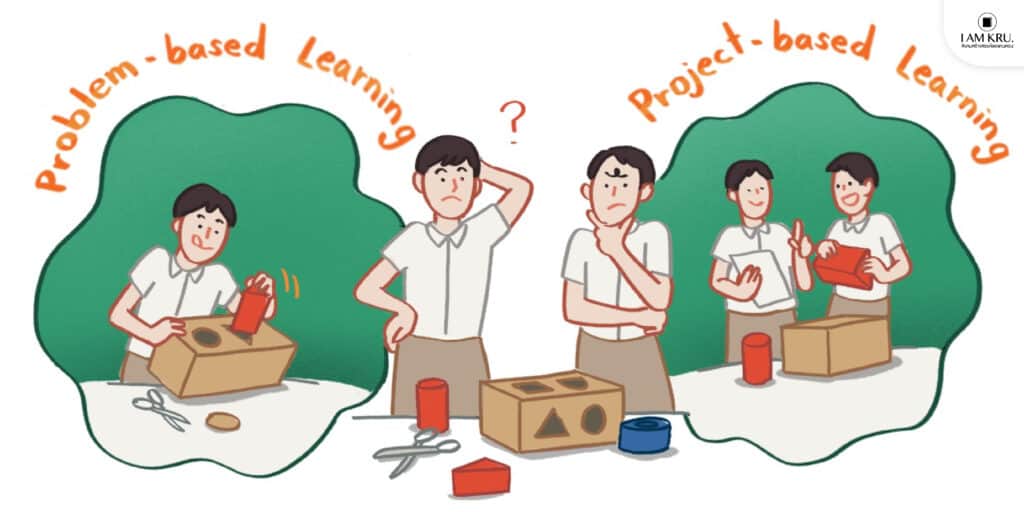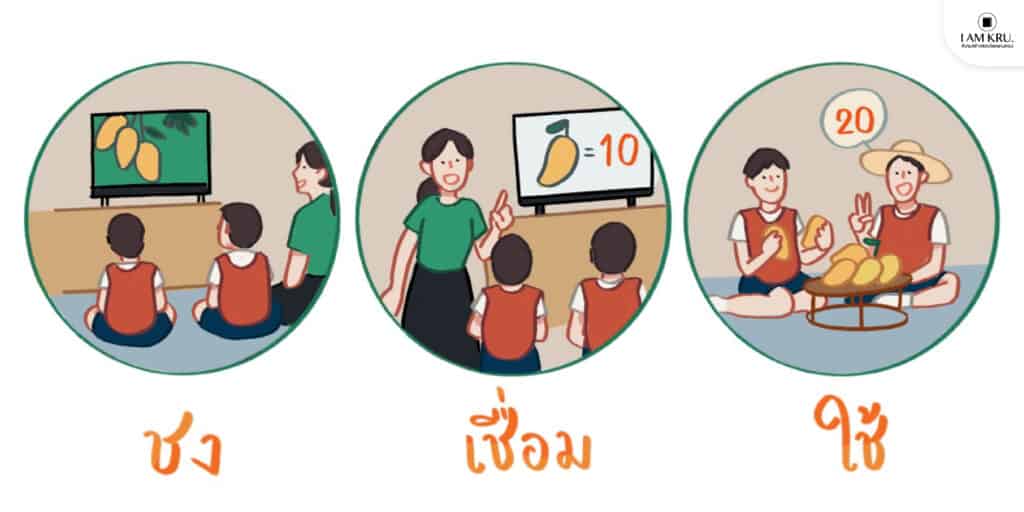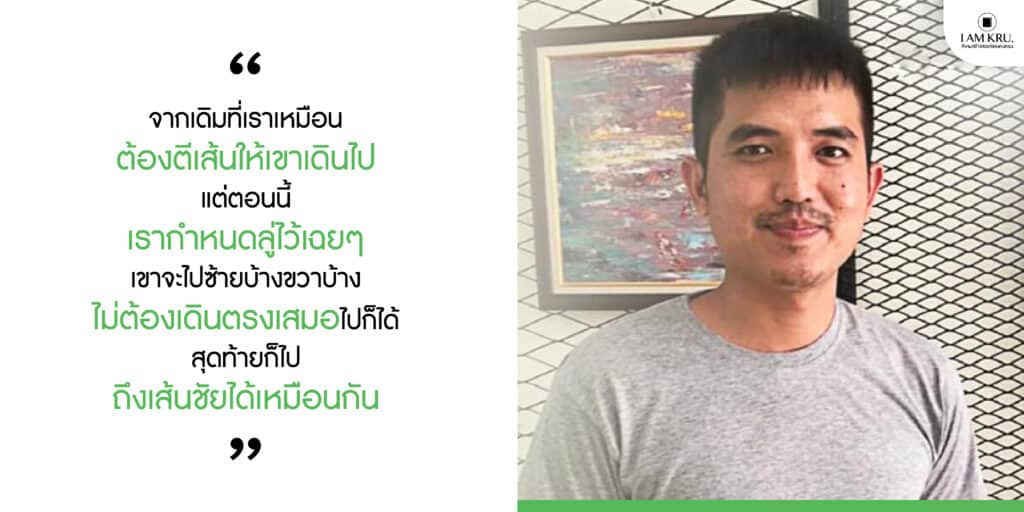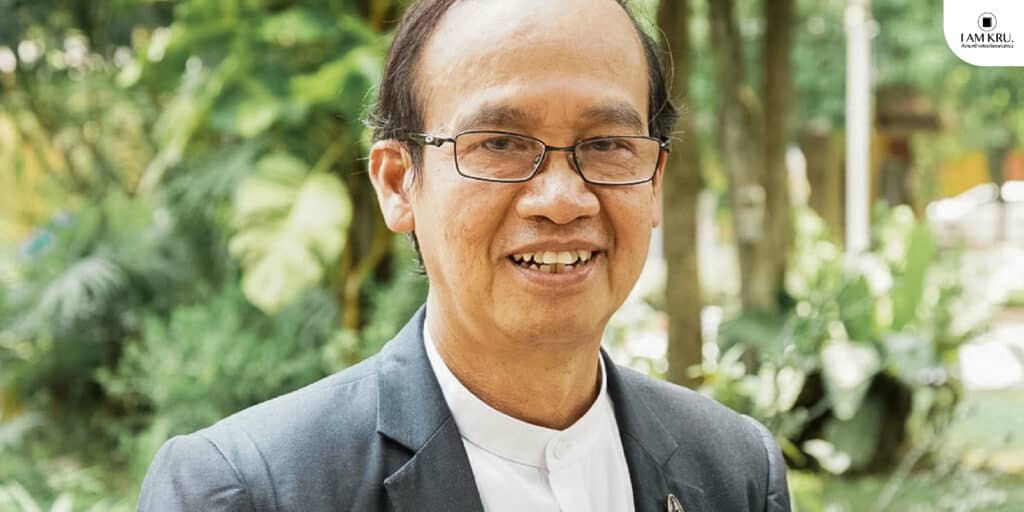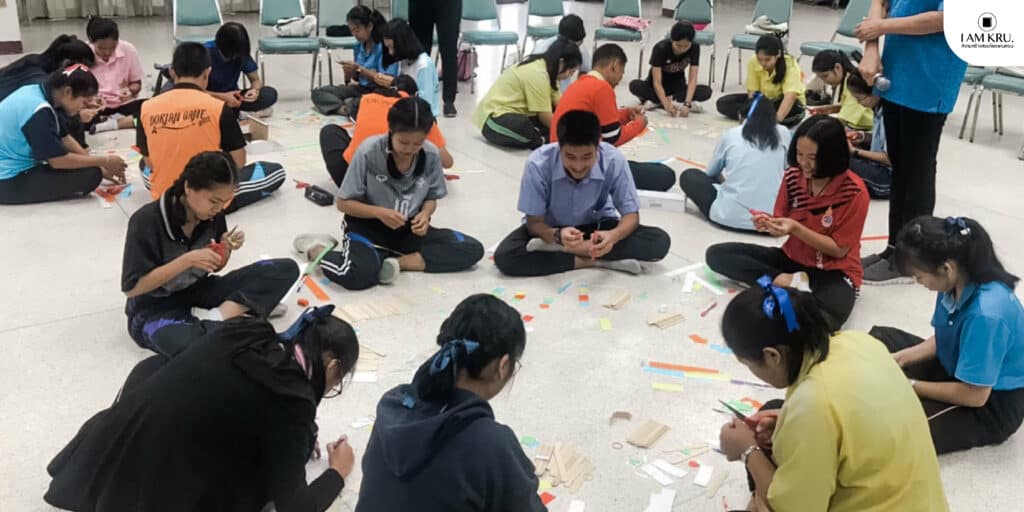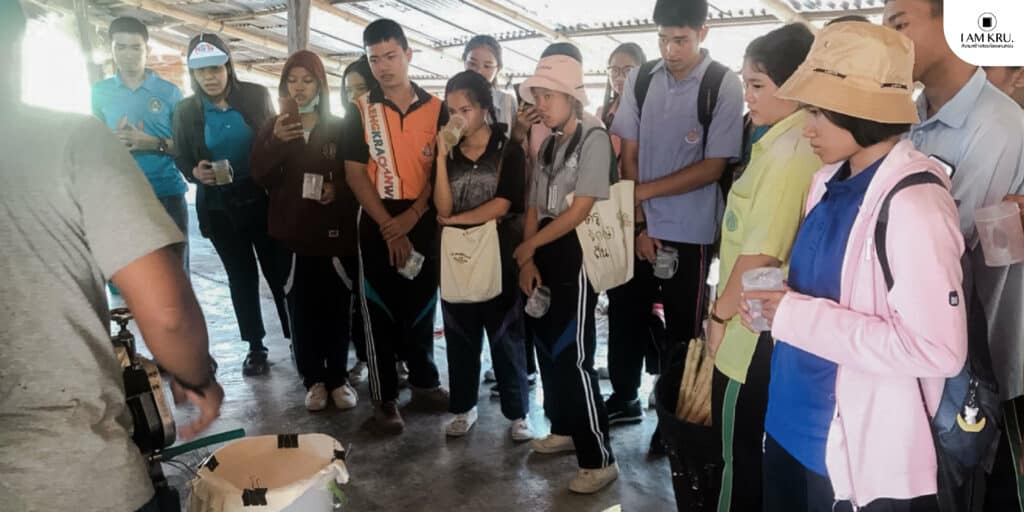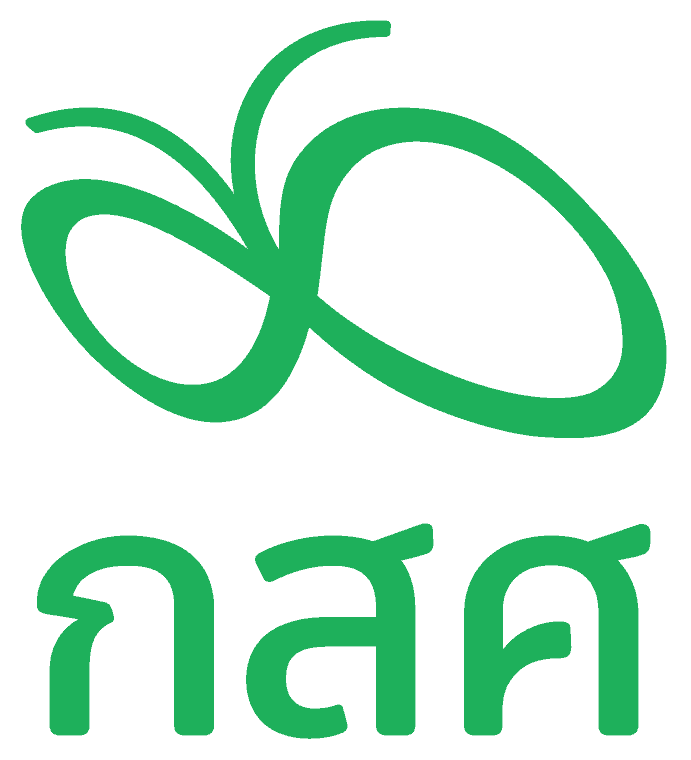LGBTQ+ youth often spend a significant amount of time proving themselves to gain acceptance from those around them. As educators, it is our duty to create a safe space where they can be themselves.”
Dr. Nattanan Ueasin, a professor in the Performing Arts Department at Burapha University,
He emphasizes the importance of teaching children to understand and embrace the diverse spectrum of differences within society. This responsibility requires a deep understanding and readiness on the part of the teacher. This article invites a look into the role of teachers in creating a classroom that accommodates sexual diversity, with insights from “Dr. Nattanan Ueasin,” to explore how teachers can prepareและunderstand themselvesin order to care for children to grow up with quality in a gender-diverse society.
Drawing from his teaching experience at the university and stories from his students who are teachers in various schools, Dr. Nattanan has come to see that before a teacher can educate students about sexual diversity, the educators themselves mustunderstand the nature of children, their identities, and their various expressions according to their gender.
Typically, younger students are not yet aware of how to present themselves or their personalities. A crucial role of teachers is to support the identity of the students and supervise their expressions appropriately, especially the care of students who identify as LGBTQ+. Teachers must not assign labels or create an image that alienates these students from their peers. They should avoid imposing humor, colorfulness, and forcing children to act in ways they do not wish to.
One crucial aspect that teachers must be cognizant of is that childhood is a stage where the deeper societal dimensions are not yet understood. It is the teacher’s responsibility to establish a foundation that helps students recognize that gender differences exist within our society and that such diversity is normal. This understanding is essential for grasping the concept of gender equality in higher education levels.
Young students are often unfamiliar with and do not understand equality. As teachers, we can educate them early on that some of their peers may have different gender identities. Teachers must be cautious in explaining gender roles and avoid imposing behavioral norms on children, as they tend to remember what their teachers say,” notes Dr. Nattanan Ueasin.
He further suggests that teachers must always be ready to abandon their personal biases and preconceptions to better understand their students. The role of a teacher is not just to impart theoretical knowledge but to serve as a role model for children’s thoughts and behaviors. Hence, teachers must have a foundational knowledge of psychology and move away from traditional stereotypes, focusing instead on “centering the child.” Dr. Nattanan believes that a basic understanding of psychology allows teachers to address classroom issues impartially and be socially perceptive.
Teachers should observe and converse with students, discerning their personalities and unique traits. They must hold back from adhering to outdated stereotypes, such as the belief that good children are always quiet and obedient. If a teacher maintains such a preconceived image, it will be challenging to resolve arising issues.
Teachers need to be inquisitive, constantly seeking additional knowledge and experiences to enrich themselves. “If a teacher is not competent or experienced enough, they cannot transform the classroom,”Dr. Nattanan asserts.
Another preparedness role for teachers, from Dr. Nattanan’s perspective, is to create a safe space for children.A classroom should be a secure area that supports students to be their authentic selves, express their identities freely, instill confidence in every student, and harness their potential. Most importantly, it should be a place where everyone respects each other’s differences.
“LGBTQ+ students require a lot of time to prove themselves for acceptance. As educators, we must establish a safe space for them to be themselves. We want to see every child standing in society with pride and self-esteem, like the applause that resonates after the theater lights dim. Just grant this to our students, and let them create the rest on their own.”
Nevertheless, when teaching social issues, Dr. Nattanan insists that the children’s readiness to learn must be considered, along with other environmental learning factors. For example, teaching about equal marriage laws is complex and must be broken down into child-appropriate knowledge, while also reviewing the curriculum and other components for their level of preparedness.
“For primary-aged children, there will be questions because their world consists of straight parents. But by simplifying knowledge to show that society includes both biological genders and other perspectives, if children are familiar with this concept, it would be beneficial to create school activities. School principals should be the ones to create these activities and experiences. However, many adults still lack a profound understanding of various issues, and many curricula program children to memorize what is ‘good.’ If it doesn’t fit this mold, it’s considered ‘bad,’ with many details getting lost. In summary, when teaching about equal marriage, we should not force-feed them with too much information because the social studies content they are currently learning from is not yet very open,” Dr. Nattanan concludes.
Dealing with learning about gender diversity is not an easy task for educators. However, if every teacher is eager to learn, willing to change themselves, and open to expanding their views on gender, they can push the classroom to be a space where students can confidently be themselves and understand the gender identities of others, preparing them to live in a diverse society.
156
Writer

- เอื้อการย์ โรจนจิรไพศาล (มะแม้ว)
